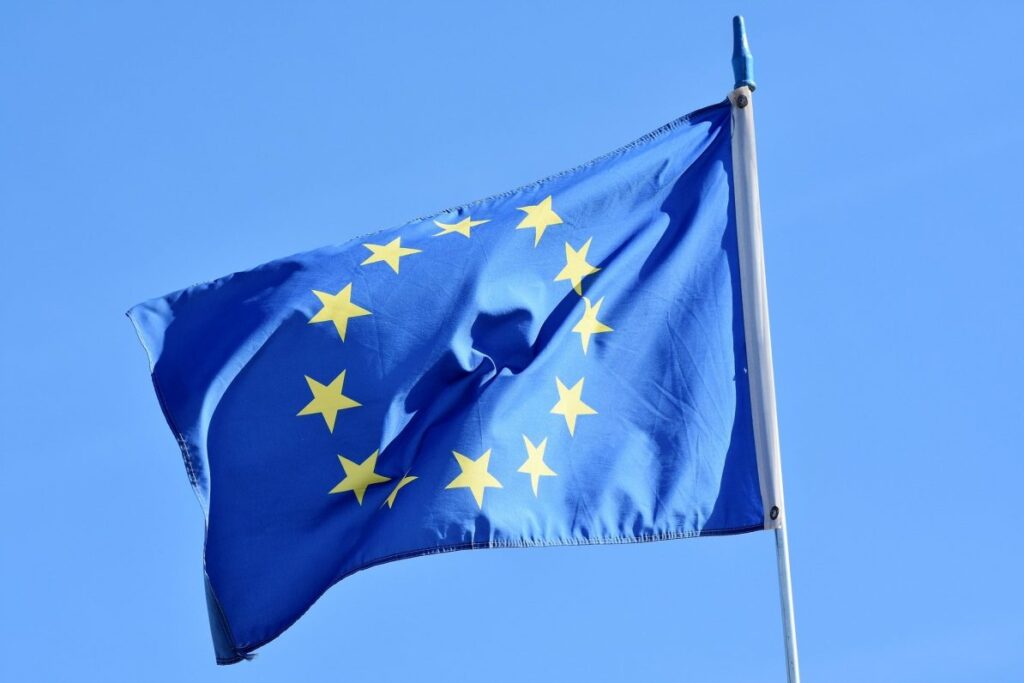Here’s a new update on a particularly important topic for those involved in europlanning: the new financial framework and programming 2021-2027.
We have already devoted several posts and a special section of the Guide to it: these months are really decisive for the next seven years of European projects! Where do we stand?
For almost all community programs, the situation has not changed much and can be summarized as follows ( process description here):
- The European Commission has presented its Proposed Regulation;
- the European Parliament passed a resolution with proposed amendments;
- the European Council is considering proposal and resolution in its technical committees but has not yet presented anything official on the matter.
This applies to community programs as well as to the general programming of structural funds and territorial cooperation programs.
However, we are beginning to have the first news: the European Council recently concluded its work and finalized its position on the Horizon Europe program. The Horizon Europe regulation is thus poised to continue (and hopefully, conclude by the end of the year) the process for final approval. The Connecting Europe Facility (another major program in the area of infrastructure) is also in the home stretch.
The prospectus proposed by our Guide thus remains topical and allows us to follow the legislative process of each program: of Horizon Europe, Erasmus+ and Creative Europe (to give a few examples), but also of the ERDF, ESF and territorial cooperation regulations. We will update it as we go along with the latest news.
For updates on the subject we also recommend the “railway” themed prospectus proposed by the European Parliament(legislative train schedule): by clicking on each of the proposed “wagons” (or themes, or programs) on the left you can get a summary of the available information. Here (again as examples) are those proposed for Horizon Europe, Erasmus+, Creative Europe, ERDF, ESF and territorial cooperation.
As we know, the political debate has been very heated on the broader issues, namely on the definition of the resources available for the 2021-2027 programming (from which the multi-year financial framework derives) and the so-called “Recovery Fund.” On these two points we have important news.
The Recovery Fund (also referred to as the “Recovery Package,” “Next Generation EU,” or NGEU) is one of the innovations of the year and is endowed with a large amount of equity. The resource envelope available for the EU’s multi-year budget and for NGEU reached a difficult agreement in the European Council, with the uncertainty of approval(expected, but not expected) by the European Parliament.
The main difficulties raised by the European Parliament concerned in particular – and still concern – the necessary structural and non-exceptional increase in own resources, and consequently in the envelope for the EU’s “ordinary” budget (i.e., that useful for financing the various programs – NGEU excluded).
Nevertheless, on September 16, MEPs finally gave their opinion on the Own Resources system ( official text here), speeding up the ratification process needed to find the funds and launch the recovery plan. Green light, then, to “Next Generation EU” and the next stages of negotiations for the post-2020 budget, but without abandoning the call for a binding timetable for the introduction of the new own resources, which remains the strategic (and negotiating) priority of the European Parliament.
The European Commission jointly presented its strategic plan for the Recovery Fund ( official text here). The national plans (required for program implementation) are expected in a first draft by Oct. 15: their likely structure here and the Commission’s guidance to member states here.
However, the operational management of the Recovery Fund remains a topic of wide debate in the European (as well as national) arena. In particular, the European countries most skeptical of this form of “European public spending” (an unprecedented novelty) are demanding more restrictive conditions of use than the countries that will benefit most from it (including Italy).
This issue is not mentioned among the conclusions of the latest European Council (Oct. 1-2), but it has some space among the remarks of its president, Charles Michel, at the end of the summit. In the days immediately preceding (Sept. 30) an important resolution, in fact necessary to set in motion the effective use of the Recovery Fund and European funds, had been approved by a qualified majority: a first green light from the Council for a proposed regulation with relatively “soft” conditionalities related to respect for the rule of law.
What does it mean? On the one hand, an important new milestone was laid on September 30 for the approval of the 2021-2027 financial framework. On the other, new difficulties are emerging on the horizon: as many as nine countries voted against this resolution, jeopardizing its final approval, for which unanimity will be required. Failure to agree at the European summit (Oct. 1-2) could pave the way for further delays.




